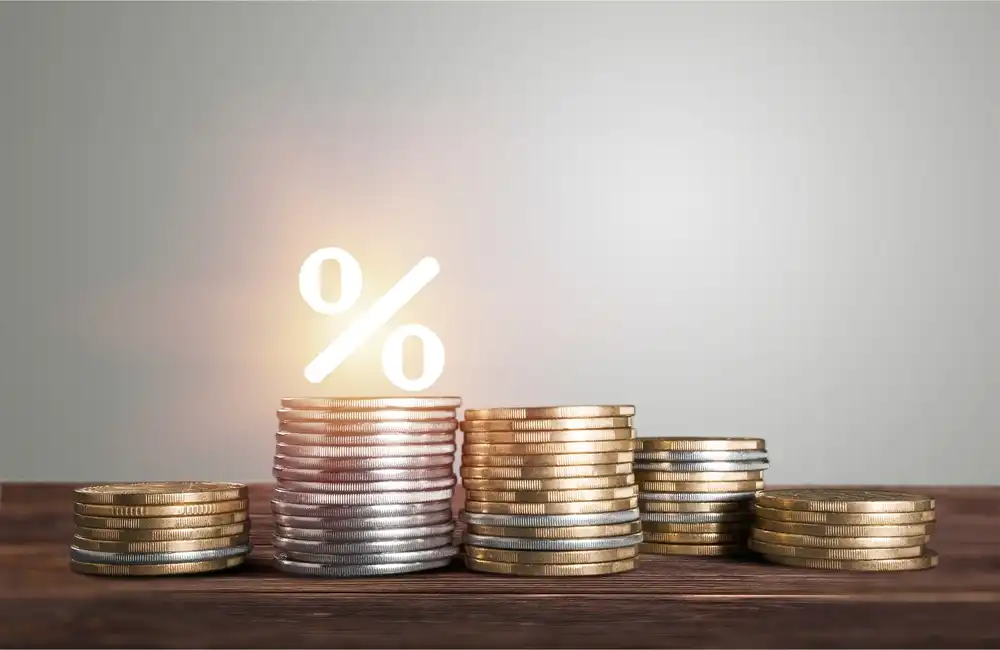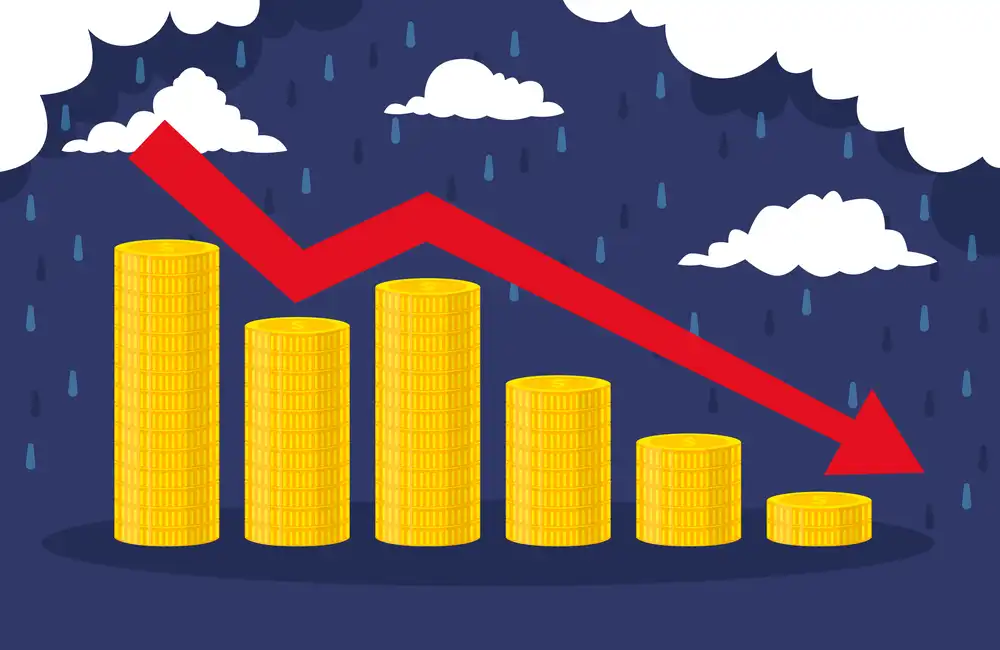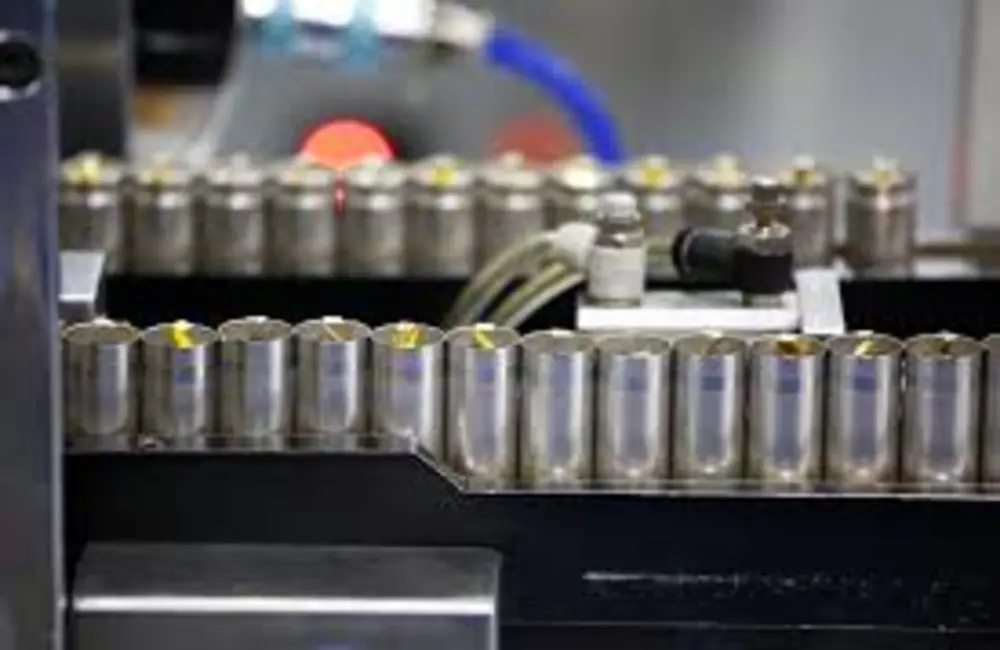Nickel market upheaval has proven a double-edged sword for EV (electric vehicle) car producers, driving up prices for traditional EVs and driving the evolution of the market more towards LFP (lithium iron phosphate) batteries that don’t involve nickel, delegates at the FT Commodities Global Summit said March 22.
Challenges in Battery Material Supply Chains and the Growing Need for Sustainable Practices
But will need “a significant uptick in demand” for cell chemistries free of nickel, said Orral Nadjari, CEO of UK battery-maker start-up Britishvolt. In Europe, regulatory frameworks being imposed mean you could be looking at a 50:50 mix in battery types between LFP and NMC (lithium nickel manganese cobalt oxide) battery types by 2030, he said.
“The geopolitical situation means we have to reinvent the supply chain,” Nadjari said. International QUOTE: “We don’t have the supply chain for LFP today in Europe and Europe is struggling with supply chains for NMC at the moment. We’re going from NMC forward 25%-35% into LFP chemistry in batteries,” he said.
To meet market needs, Nadjari added, more manganese may be added to LFP batteries.
Nickel Market Developments
Nickel, which recorded a notable global deficit in 2021, began an ascent after Russia invaded Ukraine on Feb. 24. This spiraled 250% within three days in the London Metal Exchange to cross $100,000/mt and above, before the LME intervened March 8 to halt trading and reopened days later with price limits in place. Investor speculation was blamed for the fast price spike.
The nickel market has now doubled since 2015, and an additional 1 million mt/year from a 3 million mt/year market has been brought to the market by Indonesia, but this is a type of nickel that was untouchable for exchanges, Socrates Economou, head of nickel and cobalt trading, Trafigura, said. Only a quarter of available nickel is traded on the LME, compared with 70% for copper and 60% for aluminum, based on registered production, he said, suggesting this could leave exchange prices misaligned with part of the market.
The price of nickel at $50,000/mt would correlate to roughly a 5% increase in EV prices to manufacturers who have already been forcing through changes to manufacturer's EV prices in light of spike fed through from nickel, lithium, copper, and aluminum prices, according to the trader.
“Prices of EVs were beginning to rise, and for EVs, the margins are very small and there will be a dislocation on the targets that everybody estimates for EVs,” he added.
Lithium Deficit and Price Increase
Although the battery market is looking to move away from nickel and China's grip over processing of battery materials, the current lithium shortfall is nevertheless the “biggest issue in terms of potential demand destruction” facing the sector, Socrates said. “We have a market deficit of 100,000 mt lithium equivalent in a market of 500,000 mt,” he added.
Lithium prices have been climbing steadily since early 2021 as demand exploded for the sector feeding EV batteries, with the climbs accelerating to well more than double since early January this year.
S&P Global Commodity Insights assessed lithium carbonate at $72,000/mt on March 22, unchanged, and lithium hydroxide at $73,600/mt, up $100/mt.
High EV Carbon Footprint
Carbon, prices of which have bounced back from a slump that coincided with the war, is meanwhile a growing consideration for EV makers keen to make products with a low carbon footprint.
“Producing EVs is way more carbon-intensive than producing ICE vehicles while lifetime emissions are similar,” said Socrates. Nickel could represent 55% of battery material for EVs and cobalt only 5%, as there has been a shift from the use of cobalt in recent years. Cobalt normally has a lower carbon footprint than nickel, as most cobalt is mined in the Democratic Republic of Congo, which is mostly hydro-powered.
Indonesia nickel has a carbon footprint of 60 mt per ton of nickel, versus 4.4 mt on nickel from Vale’s Sudbury mines – powered mainly by hydro – and a market average of 20 mt, he said.
How much producers will pay for carbon offsets to bring this footprint down to net zero emissions will be an interesting factor, Economou said.
"Ironically, EVs at the moment have almost double the carbon footprint of the average ICE vehicle due to the heavy carbon footprint of the mining of some battery materials, an independent recycling source told S&P Global. But as much as 90% of that mining footprint could be eliminated with a look toward increased use of recycled materials in future years."
“In seven years, when an EV battery can be made using recycled materials, the carbon footprint of an EV could therefore match that of an ICE vehicle,” the source added.
In the short term, costs are an issue, as battery materials costs for carmakers have risen 40%-50% this year and are making the energy transition more challenging, the source said.
Orral of Britishvolt concurred, noting that there is still a fair amount of embedded carbon content in EVs.
Regional Supply Chains and Lower Carbon Footprints
There was already a trend towards more regional supply chains in battery metals for the car industry, and such a change could substantially shrink their carbon footprint, Vale's (VALE3.SA) Deshnee Naidoo, Executive Vice President, Base Metals, told Reuters.
OEMs and the rest of the value chain, she said, have to gravitate to where the lowest carbon footprint is.



















